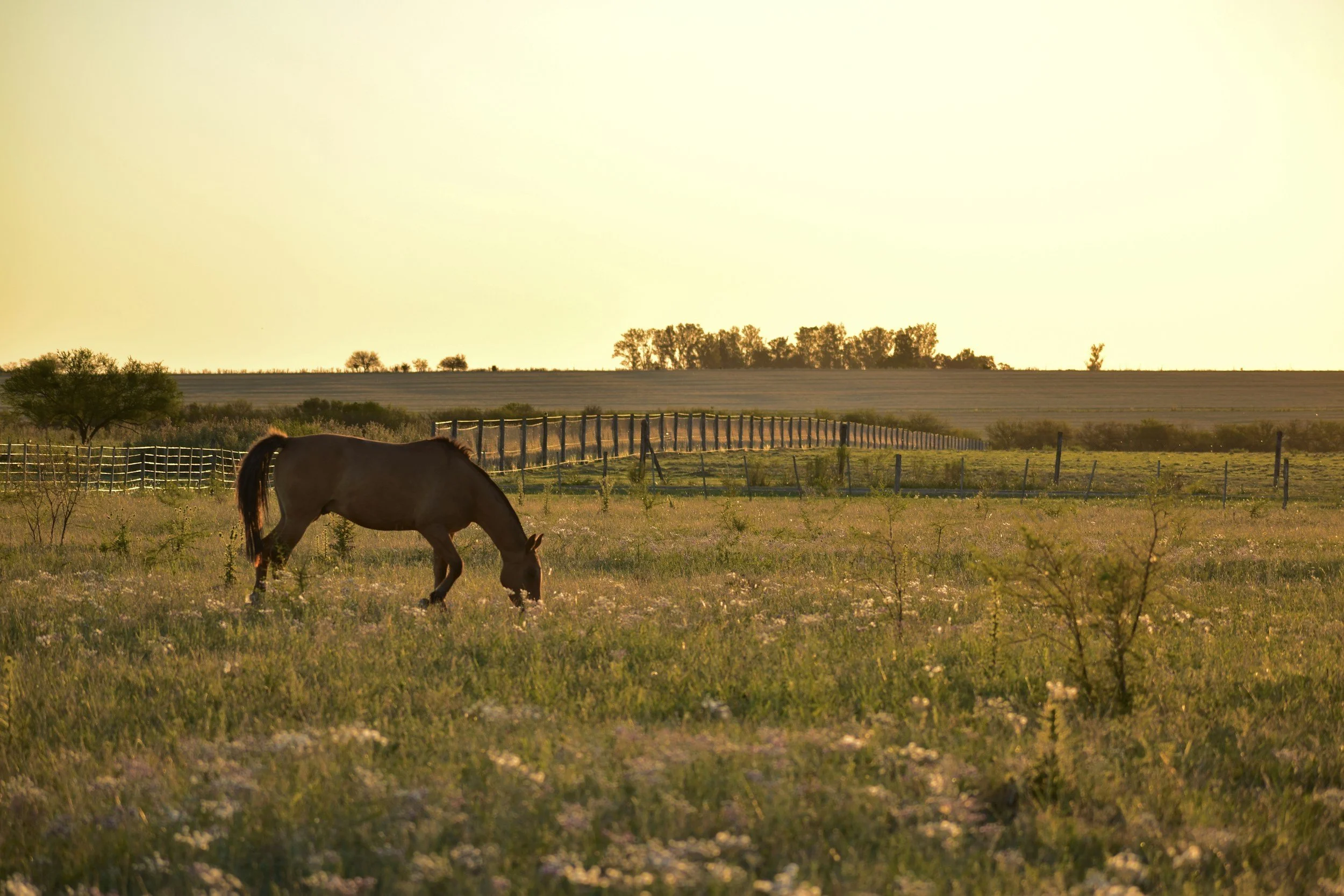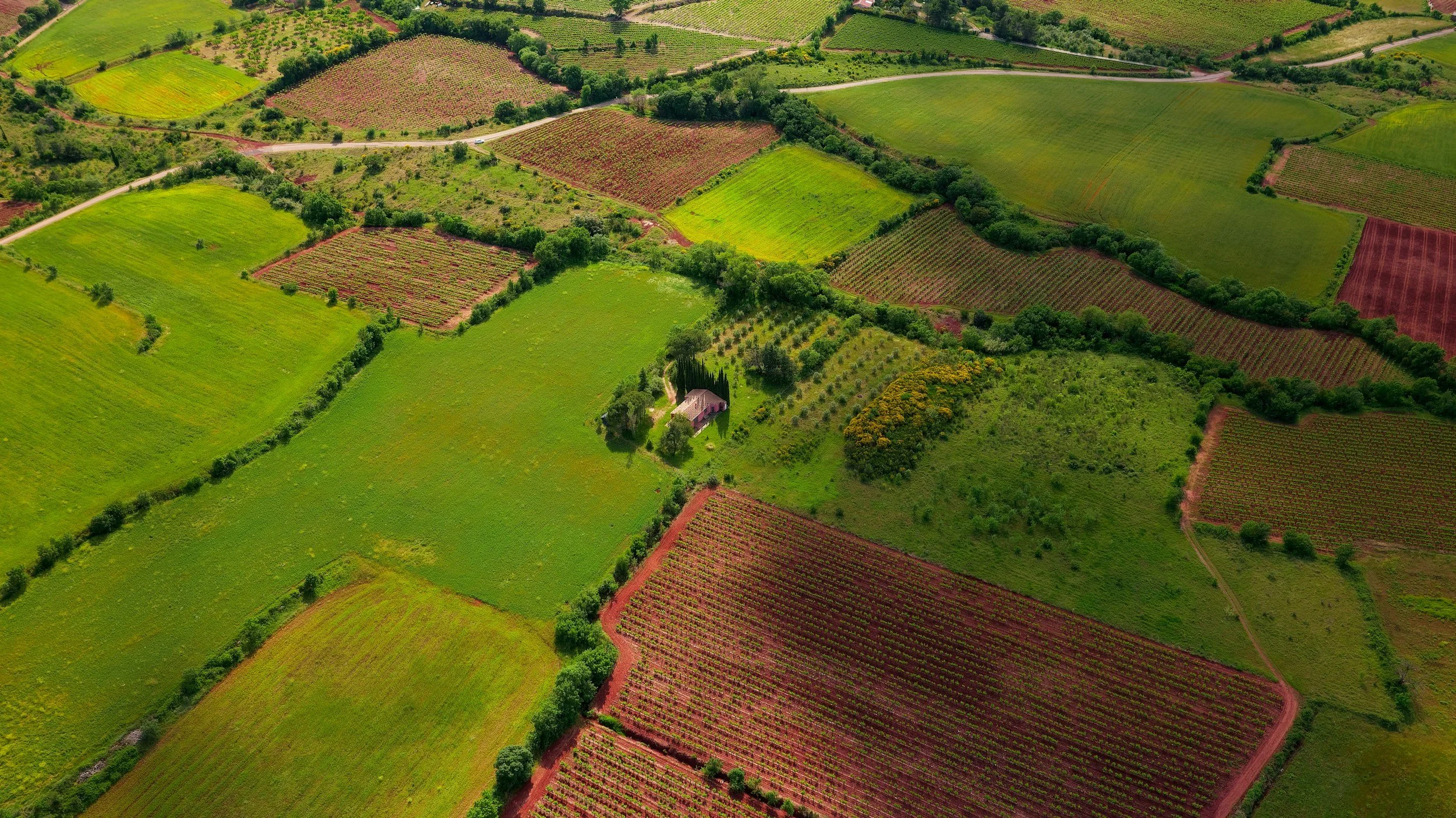By: Joe Schuler, Staff Member
In May 2012, the Supreme Court denied cert in a case from the Third Circuit addressing that very question.
[1]
In so doing, it left intact a 3-2 split among the circuit courts over the proper application of a prior Supreme Court ruling on the issue.
At issue is the Clean Water Act, which prohibits discharge of certain pollutants into “navigable waters” without a permit issued by the Army Corps of Engineers.
[2]
The Act defines “navigable waters” as “the waters of the United States.”
[3]
The Corps interprets the definition broadly, asserting its jurisdiction over traditional navigable waters, their tributaries, as well as adjacent wetlands.
[4]
That interpretation has led to challenges by property owners asserting that the Corps exceeded the scope of its authority under the Act. The Supreme Court considered that claim in
Rapanos v. United States.
[5]
A majority of the court was unable to agree on a proper test to establish when a wetland should be included in the scope of the Act as “waters of the United States,” leading to a 4-1-4 split.
In the court’s plurality opinion, four justices expressed the view that the approach of the Corps was overly broad.
[6]
However, the justices recognized the difficulty of defining the precise place where waters end and adjacent wetlands begin.
[7]
Accordingly, they reasoned that only wetlands with a “continuous surface connection” to bodies of water that are “waters of the United States” can be covered by the act as “adjacent waters.”
[8]
Justice Kennedy wrote an opinion in which he concurred with the judgment of the court, but expressed that the plurality’s opinion was too restrictive.
[9]
He believed jurisdiction of the Corps over a wetland should be upheld whenever there is a “sufficient nexus” between it and other “waters of the United States.”
[10]
Four dissenting justices would have deferred to the Corps, finding their approach to be “a quintessential of the Executive’s reasonable interpretation of a statutory provision.”
[11]
Since no majority agreed on a standard of analysis, lower courts have been left to wrestle with the appropriate test to determine when a wetland may be considered “navigable waters” within the meaning of the Clean Water Act. The Seventh and Eleventh Circuits ruled that Justice Kennedy’s “sufficient nexus” test to be the applicable test, finding that it was the narrowest position on which a majority of the justices would agree.
[12]
The
Donovan
court held that either the plurality’s “continuous surface connection” test, or Justice Kennedy’s “sufficient nexus” test would be sufficient to establish jurisdiction by the Corps, joining the First and Eighth Circuits.
[13]
This approach was suggested by Justice Stevens’ dissent in
Rapanos,
in which he declared that the four dissenting justices would join a decision where jurisdiction was upheld on either ground.
[14]
Therefore, either ground would enjoy support from a majority of the court.
Given that the Supreme Court declined to take up the
Donovan
case, it does not appear that the Court is in any hurry to resolve the split among the circuits. It seems then, that at least for the foreseeable future, the answer to the question of when a wetland is navigable waters will depend on its location.
[1]
United States v. Donovan
, 661 F.3d 174 (3d Cir. 2011), cert. denied 132 S. Ct. 2409 (2012).
[2]
33 U.S.C. § 1311(a) (1995); 33 U.S.C. § 1342(a) (2008).
[3]
33 U.S.C. § 1362(7) (2008).
[4]
33 C.F.R. § 328.3 (1993).
[5]
Rapanos v. United States
, 547 U.S. 715 (2006).
[6]
Id.
at 739.
[7]
Id.
at 740.
[8]
Id.
at 739.
[9]
Id.
at 778.
[10]
Id.
at 779.
[11]
Rapanos v. United States
, 547 U.S. 715, 788 (2006).
[12]
United States v. Gerke Excavating, Inc.
, 464 F.3d 723, 724 (7
th
Cir. 2006);
United States v. Robison
, 505 F.3d 1208, 1221 (11
th
Cir. 2007).
[13]
Donovan
, 661 F.3d at 181-82.
[14]
Rapanos
, 547 U.S. at 810.














